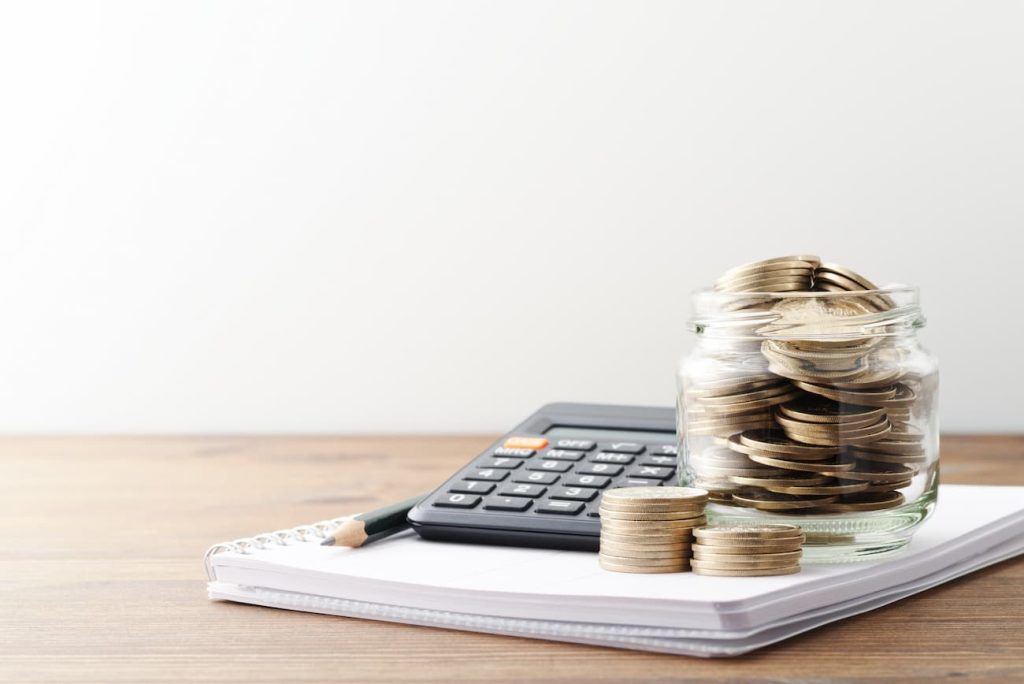Kakebo Method: control your expenses with this Japanese savings method

In the search for effective methods to manage our finances and achieve our savings goals, the Kakebo method is presented as an attractive and practical option. Originating from Japan, this Japanese savings method has gained popularity around the world thanks to its simple but effective approach to controlling expenses and managing money more consciously. In this article we will explore in detail what the Kakebo method is, how it works, when to use it and what its advantages and disadvantages are.
What is the Kakebo method?
The Kakebo method is a Japanese savings technique that is based on the idea of keeping detailed records of all monthly expenses and income in order to control finances effectively. This Japanese savings method was developed by Hani Motoko, a woman born in Japan at the beginning of the 20th century and has since been used by millions of people around the world.
How does the Kakebo technique work?
The way the Kakebo savings method works is quite simple and is based on four fundamental principles.
Division of expenses according to the Kakebo method
Now that you know what the Kakebo method is, it is important that you know what the basic steps or principles to follow are to start applying it and improve your personal finances with this Japanese savings method.
- Daily record of expenses. The first step is to record all daily expenses in a notebook or a dedicated app. It is important to write down every expense, no matter how small, to have an accurate record of what the money is being spent on.
- Expense analysis. At the end of each month, following the Kakebo technique, a detailed analysis of recorded expenses is carried out to identify consumption patterns and areas where spending can be reduced. By following some simple tips, it is easy to save on some fixed monthly expenses such as gas, the electricity bill or air conditioning in summer.
- Establishment of savings goals. Based on the expense analysis, following Japanese Kakebo savings, realistic and achievable savings goals are set for the next month. These goals may include saving for emergencies, vacations, important purchases, or putting money into the emergency fund, among others.
- Track income and savings. In addition to recording expenses, this Japanese savings method also indicates that it is important to keep track of monthly income and accumulated savings. This allows you to have a complete view of the financial situation and adjust the budget as necessary.

When to use this Japanese savings method?
The Kakebo method is suitable for anyone who is interested in controlling their spending, saving money and improving their financial health. This Japanese method of saving can be especially useful for those who have difficulty maintaining a budget or who want to be more conscious of their spending habits by avoiding unnecessary spending on a daily basis.
Advantages and disadvantages of the Japanese Kakebo savings method
The Kakebo technique has great advantages that make this Japanese method of saving increasingly popular.
- Simplicity. The Kakebo method is easy to understand and implement, making it accessible to anyone regardless of their level of financial knowledge.
- Financial awareness. Japanese savings Kakebo invites you to keep a detailed record of expenses to help you make more conscious decisions about how to spend money and allows you to identify areas where you can save. If, for example, you aim to buy a new home, you need to have a certain amount of money to be able to apply for a mortgage or make a down payment. To do this, it will be necessary to follow a savings method like the Japanese Kakebo that allows you to have greater control of your finances.
- Expense control. By having an accurate record of all expenses thanks to this Japanese savings technique, it is easier to identify consumption patterns and areas in which spending can be reduced.

The Kakebo method of saving can also have some disadvantages depending on your type of organization.
- It requires discipline. For this Japanese method of saving to work, it is necessary to commit to recording all expenses constantly and carrying out a periodic analysis of them.
- Not suitable for everyone. While the Kakebo method can be effective for many people, it may not be suitable for those who prefer more automated methods such as using a mobile app or who have difficulty keeping track of expenses manually.
The Kakebo method is, therefore, a useful Japanese technique for saving, controlling expenses and improving overall financial health. With its simple but effective approach, this Japanese savings method can help anyone take control of their personal finances and achieve their savings goals even if they lack financial knowledge.


